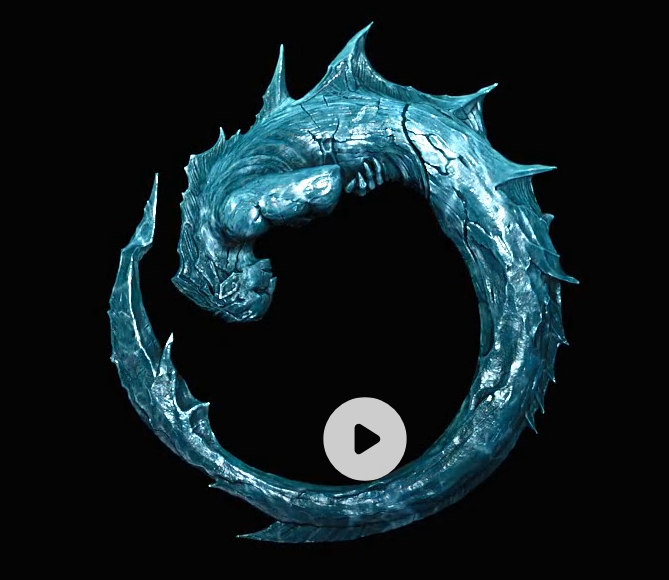The Fall of the House of Usher is a supernatural horror story by Edgar Allan Poe, first published in 1839 in Burton’s Gentleman’s Magazine and later included in Poe\'s collection Tales of the Grotesque and Arabesque (1840). It is one of Poe\'s most famous works, often celebrated for its gothic atmosphere, psychological depth, and exploration of decay and madness.
The story begins with an unnamed narrator arriving at the decaying mansion of Roderick Usher, who has requested his company due to his deteriorating mental and physical health. The Usher family, represented only by Roderick and his twin sister, Madeline, is plagued by mysterious illnesses and a sense of doom. The narrator observes the eerie and oppressive atmosphere of the house, which seems almost alive, mirroring the decline of its inhabitants.
As the story unfolds, Madeline succumbs to her illness and is entombed in the family crypt. However, strange events suggest she may not be entirely dead. In the climactic scene, Madeline reappears, bloodied and in a frenzy, leading to the deaths of both siblings. The narrator flees the house, which collapses into the tarn (a dark, stagnant lake) surrounding it, symbolizing the literal and figurative fall of the Usher family.
The story explores the physical and psychological decay of the Usher family and their ancestral home, symbolizing the inescapable decline of old aristocratic lineages. Roderick\'s mental instability and the isolation of the Usher siblings highlight the destructive effects of solitude and hereditary illness. The story blurs the line between reality and the supernatural, with the house itself seemingly possessing a malevolent, sentient quality.
The Fall of the House of Usher is a quintessential example of Poe\'s mastery of the gothic genre, combining vivid imagery, psychological horror, and a sense of impending doom. It has been widely analyzed for its symbolism and exploration of the human psyche, making it a cornerstone of American literature and a lasting influence on the horror genre.





























.jpg)

.jpeg)







.png)




.jpg)

.jpeg)



.jpg)


.jpeg)

.jpeg)











.jpg)
.jpg)
.jpg)








.jpg)











.jpg)




.jpeg)
